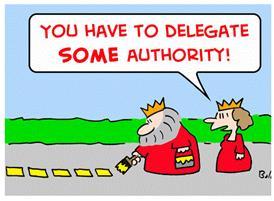“In times of adversity and change, we really discover who we are and what we’re made of.”
Howard Schultz, CEO, Starbucks
How you lead during times of adversity reveals you. Your leadership strengths are highlighted and your leadership flaws are accentuated.
Adversity is in the eyes of the beholder—it can be as small as a difficult employee or customer interaction or as large as a major lay-off or legal challenge. Regardless, how you behave under stress says a lot about your overall leadership.
It is easy to lead during the good times. While obstacles still exist, leaders tend to have the resources (time, people, money) to overcome them. It’s when times get tough that you really need to demonstrate your leadership skills. What leadership strengths or weaknesses do you reveal during times of adversity? What do your employees and colleagues say about you when things are stressful? These are the things I often hear about the “boss” when I work with clients:






